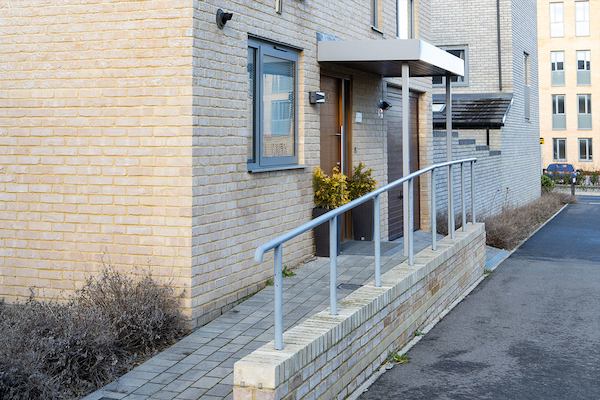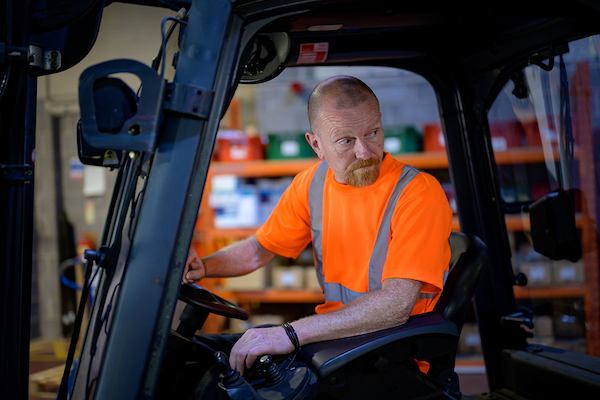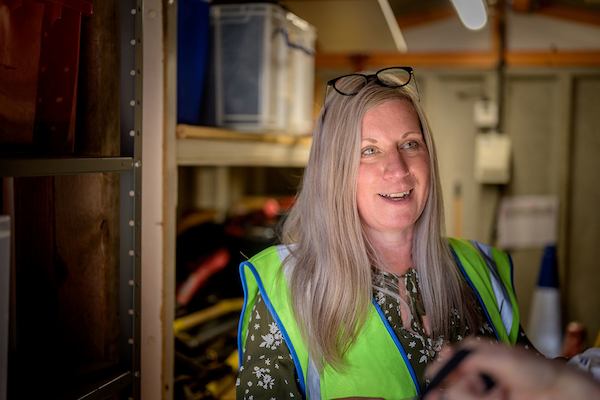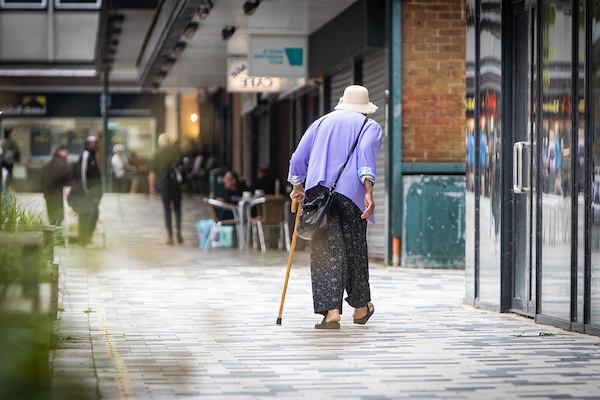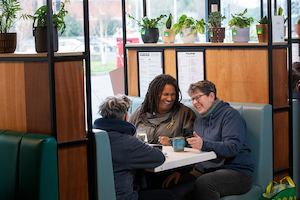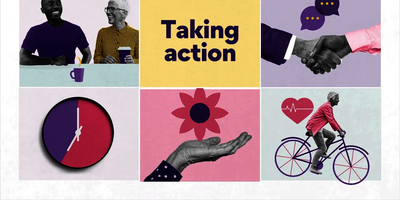Culture is a word that everyone has a general idea about without thinking of the specifics of what it comprises. For example, culture may well impact on the perception we have that the tourism, hospitality, leisure and retail sectors are that predominantly employ younger people with an ethos geared towards youth.
This may be wrong, but despite that, it may be the way that these sectors are perceived, not only by customers, but by staff too.
But despite this, the component parts of an organisation’s culture represent a number of different facets that go beyond simple perceptions and assumptions.
Here outline what some of the distinct strands of an age-friendly culture are:
Leadership
It’s not enough just to tackle active discrimination — leaders need to recognise (and challenge) the more subtle forms of ageism. Organisations need to make sure that all workers feel supported regardless of their age. Leaders set the tone of the culture of an organisation, their actions, behaviour and language will say a lot to all those who work there.
If the organisation wants to change the way they are perceived, both internally and externally, they need to be visible in their positive support of older workers, celebrating their contribution, publicly acknowledging the different roles they fill and championing their sector as an inclusive sector, with a range of roles to suit everyone.
HR policies
Creating an age-friendly culture relies on having the right policies, processes and tools in place. Robust HR policies will specifically support an age-friendly culture.
It’s not enough just having the right policies organisations need to ensure they are regularly referred to. A flexible working policy will support workers who may need to work around caring responsibilities for elderly parents or attend their own medical appointments.
An employer’s flexible approach to flexible working can also support older workers to reduce their hours as they start to think about transitioning to retirement. Even during induction and onboarding, it’s important to make sure that clear messages that support multi-generational working and recognises the value of older workers are visible.
Internal (and external) communications
Communication matters. The information organisations choose to share with employees, and the language they use to do so, says a lot about what an organisation values and how they want people to work. Unfortunately, language persists in society that portrays older people in a negative light. Such damaging stereotypes can insidiously find their way into the workplace and the way that organisations communicate.
This can apply to both internal and external communication. When recruiting, organisations need to pay close attention to their language in job adverts and job descriptions, if they don’t want to subconsciously send ageist messages to anyone wanting to apply for jobs. Any images used on websites and brochures, should use a range of inclusive imagery. If older workers do not see themselves reflected back in the imagery organisations use, they will have significant doubts about whether it is an organisation they will fit into and be welcomed into.
Line management
For most employees it is through their line manager that they experience the culture of an organisation. Older workers may then not openly talk about areas that they want to develop in or feel reluctant to talk about areas related to their health needs, for fear of
Being an age-friendly organisation does not mean avoiding discussions around age, the key is to normalise conversations related to age at work. Line managers need to feel comfortable having discussions with workers of 50, 60 and beyond about what they need and want from work. An age-friendly employer establishes a culture where everyone feels comfortable in these conversations.
Tourism, hospitality, leisure and retail offer a vast array of interesting and different roles but any bias or perceptions, held by line managers, on the capability of older workers, may create a culture where learning and development conversations, are not encouraged. Hiring managers may not want to hire anyone older than them because of biases about older people in general, assumptions about an individual's capacity, or because they are worried about managing someone with more experience.
Best practice
There are many organisations in the tourism, hospitality, leisure and retail sectors in the UK that have displayed best practice in making their organisations age friendly.
Some, for example, have recruitment targets for older workers. Others have created a menopause-friendly environment that is supportive and understanding of the need of older women. Some employers have actively sought out older workers because of an appreciation of the benefits that multigenerational workforces bring. The Lake District Hotels Association (LDHA) for example has launched campaigns where it has looked for staff aged 50 or over in order to fill a range of full and part-time positions.
The tourism, hospitality, leisure and retail industries do this because they value the benefits that workers in their 50s, 60s and beyond bring. And many customers also appreciate interacting with older workers.
Some focus on hiring those who are returning to the workforce after unemployment or caring responsibilities while others offer flexibility with working hours and locations. There are many ways to become age friendly.
The Centre for Ageing Better’s Age-friendly Employer Pledge culture toolkit has been created to help organisations look at their existing workplace culture and how this could become more age friendly.
Launched in November 2022, it’s a nationwide programme recognising the importance and value of older workers where employers commit to one action a year to improve the recruitment, retention and development of older workers.
Participating employers come from a wide range of sectors and already include more than 54 employers from the tourism, hospitality, leisure and retail sectors.


